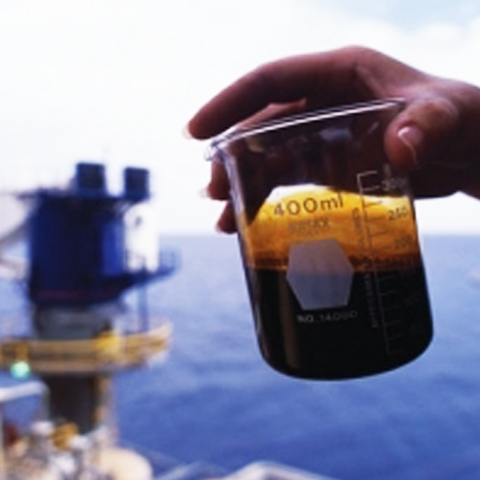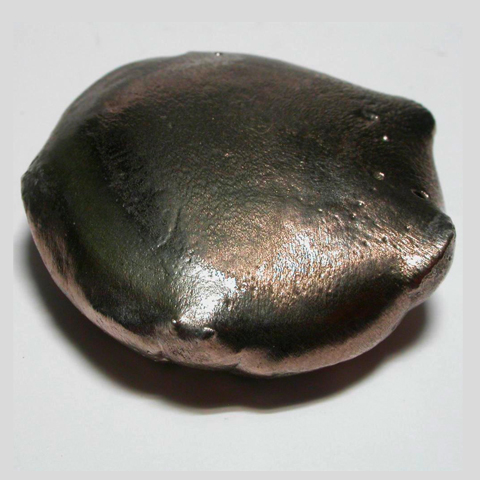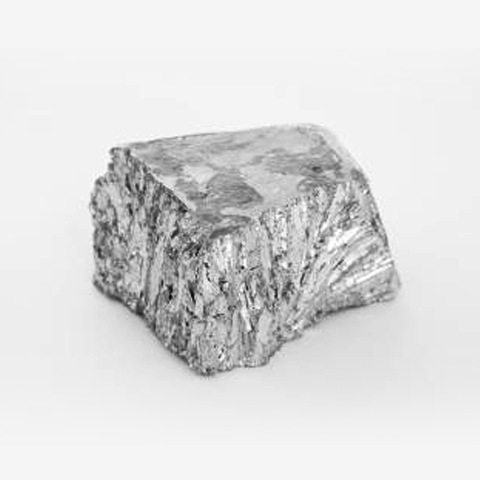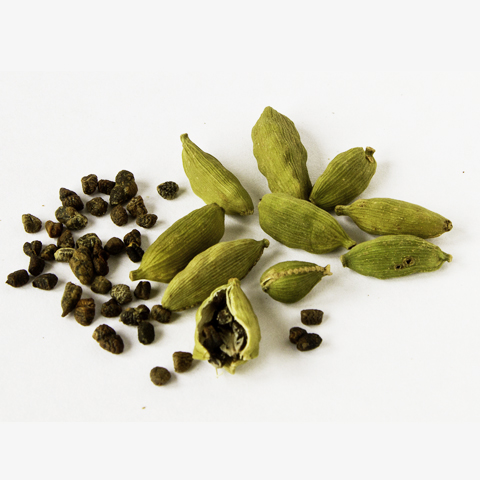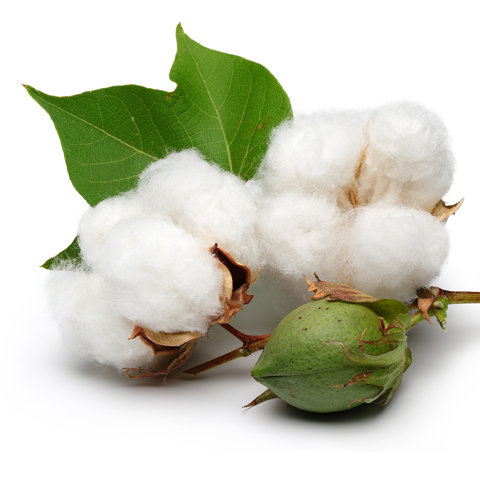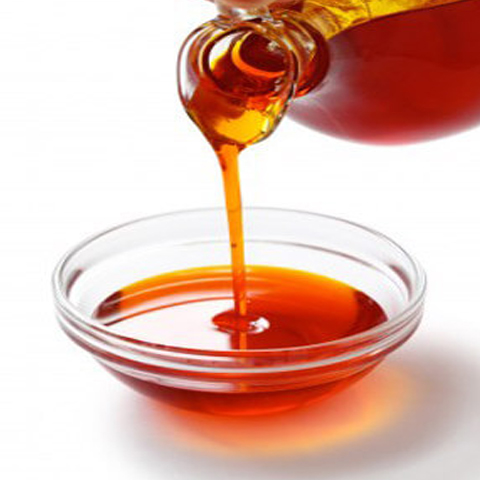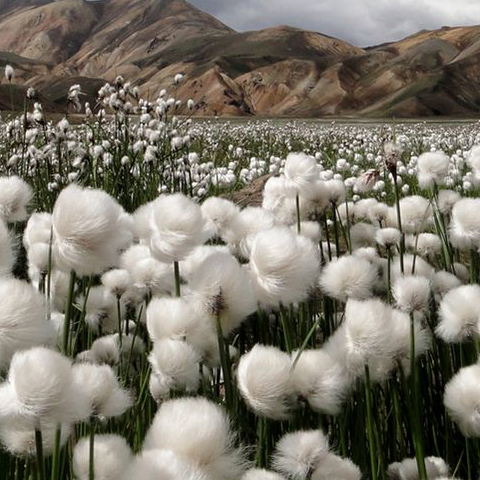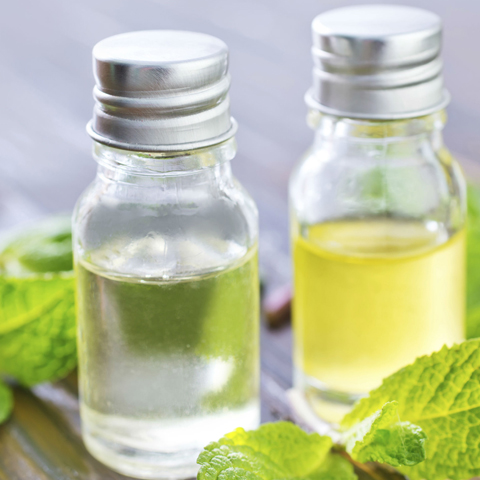
GOLD
Gold is acquired throughout the world for its beauty, liquidity, investment qualities, and industrial properties. As an investment vehicle, gold is typically viewed as a financial asset that maintains its value and purchasing power during inflationary periods.
Risk management is of critical importance for gold value chain participants, such as mining companies, processors, companies dealing in gold and gold products, jewellers, and even governments which rely on the proceeds of bullion consumption and trade.
Factors Influencing the Market
Above-ground supply of gold from central bank sales, reclaimed scrap, and official gold loans.
Hedging interest of producers and miners.
World macroeconomic factors, such as movement in the dollar and interest rate, and economic events.
In India, gold demand is also influenced by seasonality, that is, marriage and harvesting.

